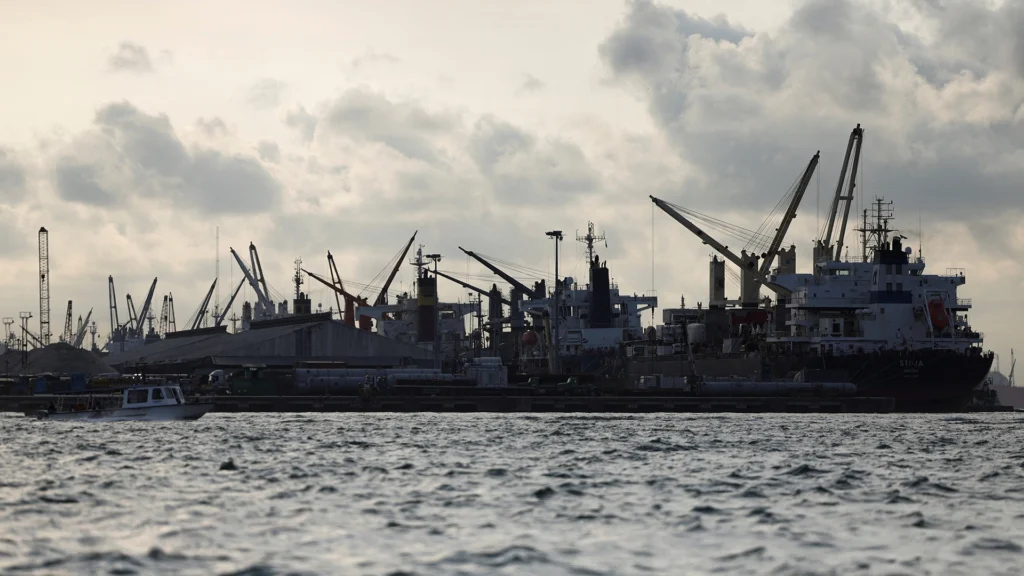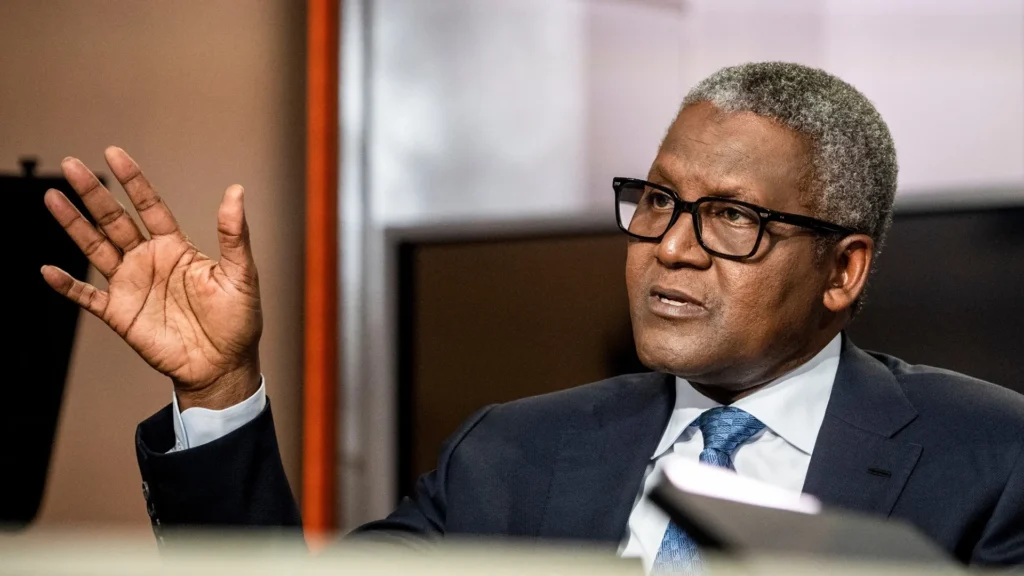Botswana has announced a strategic energy partnership with a Turkish firm/consortium, aiming to accelerate generation, grid reliability, and industrial growth.
While full commercial terms are still emerging, officials framed the deal as a catalyst for new power capacity, transmission upgrades, and skills transfer, with scope for private capital to crowd in alongside the state.
Highlights
What We Know (So Far)
Government statements and local reporting indicate a Turkish energy partner has signed a strategic agreement focused on generation and grid projects in Botswana. The arrangement is expected to move from memorandum‑level cooperation into feasibility studies, permitting, and commercial close over the next phases.
Why It Matters for Botswana’s Economy
1. Energy security as growth policy. A dependable grid underwrites manufacturing, mining, agriculture processing, tourism, and digital services. Reduced load risk and lower levelised costs can lift productivity and attract FDI.
2. Fiscal and FX resilience. Substituting imports with local generation can ease foreign‑exchange pressure, smooth the current account, and create a clearer tariff path for businesses.
3. Skills and supply chains. Structured local‑content plans (technician training, EPC partnerships, and MRO footprints) Turn CapEx into long-term capability.
Industry Insights: How the Deal Could Be Structured
- Generation mix: Expect a barbell of firm capacity (gas/peakers or retrofit) and low‑cost renewables (solar PV with storage). Botswana’s solar resource is among the best in SADC; storage plus flexible thermal can firm the evening peak.
- Transmission first: New generation only helps if you can move it. Early spend often goes to transformers, substations, and corridor upgrades to cut losses and unlock new sites.
- Bankability: Investors will look for creditworthy off‑take (BPC), indexed tariffs, curtailment rules, and step‑in rights. Standard SADC project‑finance discipline applies.
- Turkey–Africa playbook: Turkish developers and OEMs have built IPPs and grid assets across Africa; applicable precedents for timelines, EPC wrap, and warranty support.
Business & Markets Lens: Opportunities and Frictions
Where private capital can play
- IPP sponsors & lenders: Utility‑scale solar + storage; flexible gas/peakers; hybridization/retrofit of existing plants.
- Grid OEMs & EPCs: Substations, HV lines, digital protection, SCADA/EMS; loss‑reduction programs that pay for themselves.
- Local operators: O&M, civil works, logistics, training academies; green‑skills pipelines with TVETs and universities.
- Supply chains: Cables, poles, transformers, trackers, containerized BESS, liquid‑cooling for data/industrial loads.
Key frictions to underwrite
- Permitting & land: Time‑boxed approvals, community engagement, and biodiversity studies.
- Tariff certainty: Transparent cost‑reflective tariffs and published methodologies from the regulator.
- Grid absorption: Storage sizing and dispatch rules to avoid curtailment.
- Currency & payment risk: FX convertibility, escrow arrangements, and government support letters where appropriate.
What to Watch Next
- Official gazette and MoU text: Names of the Turkish partner(s), project list, and indicative timelines.
- Feasibility milestones: Site selection, ESIA filings, grid‑impact studies, and early works.
- Commercial close: Power‑purchase agreements (PPAs), financing packages, and EPC/O&M awards.
- Local content plan: Training targets, subcontracting quotas, and technology transfer mechanisms.
- First electrons: COD dates for pilot assets (e.g., a solar‑plus‑storage tranche or a peaker fast‑track).



